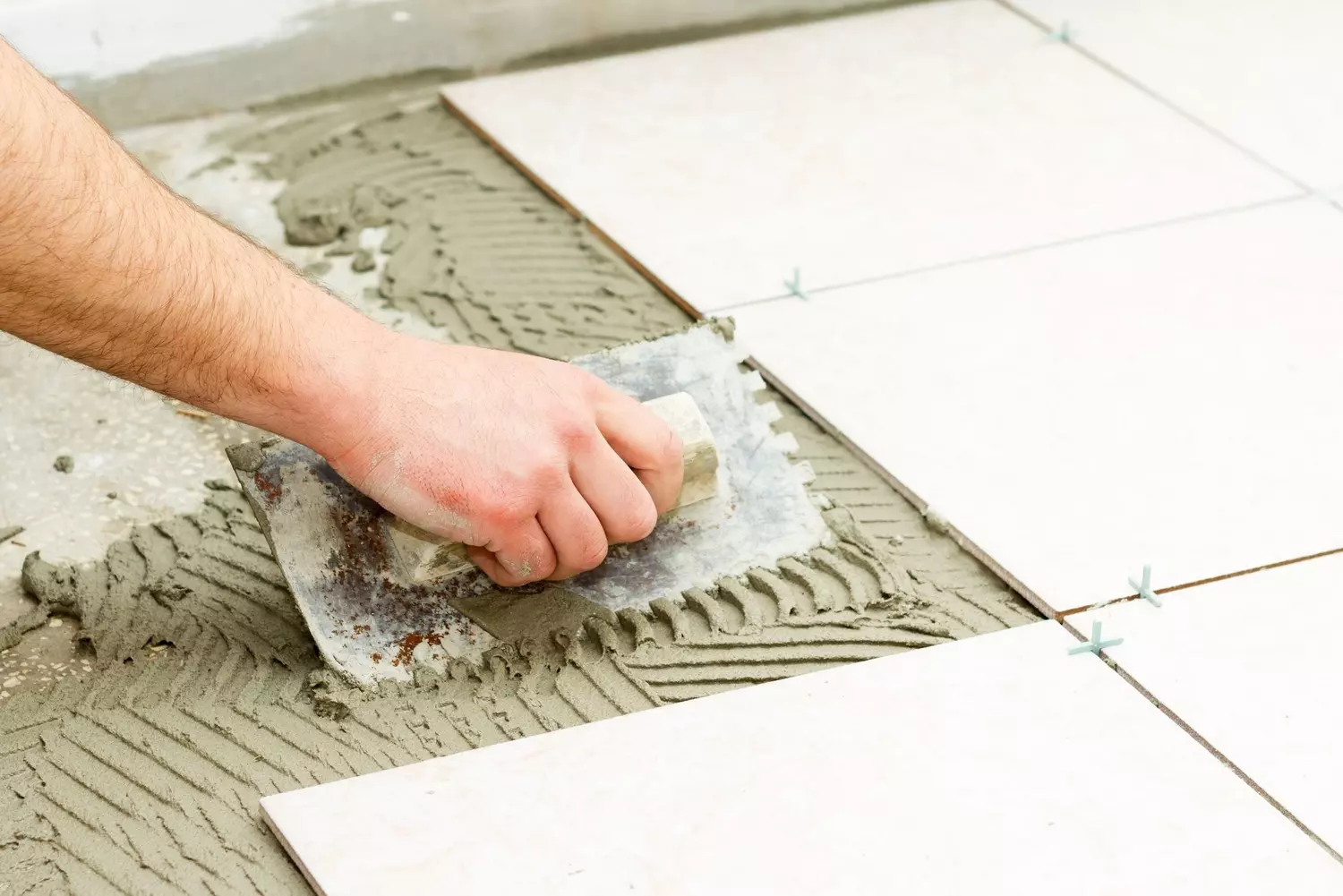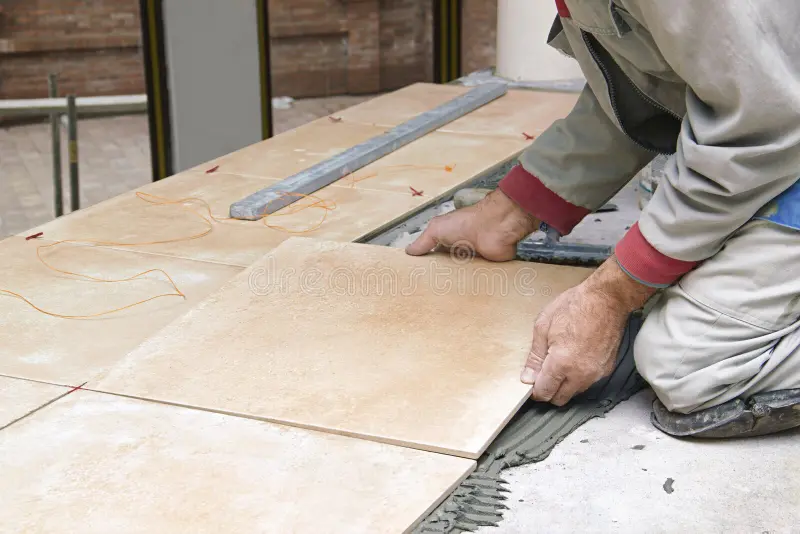In this article, we're going to take a look at the problems commonly encountered during construction work, with a particular focus on laying floor tiles. As we'll explain, a tile that sounds hollow in certain places is generally a sign of incorrect installation, resulting for example from incorrect use of adhesive or a defect in the floor. Although this is not a serious error that threatens the integrity of the entire project, it is a localised inconvenience caused by a small mistake. That's precisely why we've designed this article: to provide you with simple solutions to remedy this problem.

However, if there are several hollow-sounding tiles in the same room, and most of the floor is affected, then you have a more serious problem.
This indicates a problem with the underlay, and that's what we're going to explore today so that you can avoid this mistake and arm your project with all the tools it needs to succeed. The two types of damage I have most often encountered on construction sites are those caused by improper splitting or expansion. I'm going to tell you about these two types of damage. The first is caused by incorrect splitting, and the second by poorly managed expansion.
The problem of poorly executed fractionation manifests itself in the form of cracks.
You then end up with a series of tiles marked by a crack, which may be small or large, depending on how the splitting was done and the size of your room. Poorly executed splitting, or no splitting at all, is the first type of damage we're going to look at. A crack will appear in the middle, and as there is no natural splitting, the tile will eventually crack to compensate. Incorrect splitting can be identified by the presence of these cracks, which may be more or less pronounced.
When laying tiles, it is crucial to understand the concept of fractionation. This is particularly important for large rooms that have not been subdivided into smaller sections. In such cases, it is necessary to remove all the cracked tiles to understand what is happening underneath. This is because cracks usually appear because of an underlying defect that needs to be resolved.

It is essential to emphasise that even where there are cracks, the tiles sound full and remain firmly fixed.
This is a distinctive sign of a fractional error. To deepen your understanding of the concept of fractionation, I recommend the video entitled "Fractionation or expansion". When laying tiles in a room, there are two important things to bear in mind. If the room has underfloor heating, a divider must be installed every 40 square metres.
For example, for a 160 square metre room, a split would have to be made every 40 square metres. If the room does not have underfloor heating, the split can be made every 60 square metres. Many people prefer to avoid the use of strips after splitting, because they are not very attractive. However, it's important to know that standard splitting strips are usually grey, but there are strips in a variety of colours that can match the colour of the joints. This allows the strips to blend in with the tiles, giving a uniform appearance to the final product.
In short, splitting is a crucial aspect of tiling that should not be overlooked. It's important to understand this concept and follow the recommended guidelines when laying tiles in a room. This will ensure a uniform and aesthetically pleasing finish. When it comes to laying tiles, there are several points to consider before embarking on the project. One of the most important is the condition of the surface on which the tiles will be laid.
Whether you're working on a concrete slab or a liquid screed, it's essential to examine the surface before starting the tiling process. The first thing to look for is any cracks or crevices that may have appeared on the surface. If the crack is less than a millimetre, it can be easily treated by opening the entire length of the crack and applying a resin-based treatment. Once the resin has been applied, reinforced tape can be laid over it, covered with adhesive. This will ensure that the crack does not move or widen further.
However, if the crack is larger than one millimetre, surface splitting is necessary. This type of cracking usually occurs in strategic areas of the room, such as near load-bearing walls or door frames, where the surface needs to be able to move and adapt. In this case, a splitting strip can be applied to the surface to allow movement and prevent further damage. Another possible problem is expansion. This can be identified by tiles that sound hollow, or tiles that start to lift off the surface.
In this case, it is crucial to deal with the problem. It's all due to poorly laid tiles.

When laying tiles, it is vital to leave an expansion space around the room. This space allows the tiles to move slightly when the support material expands or contracts. If you don't allow for this space, the tiles won't be able to move as a result and may lift or crack.
It is also important not to lay the tiles too close to the wall. If you do, the tiles will be unable to move and could also lift.
To prevent this kind of problem, leave a margin of around 2 to 3 mm between the tile and the wall.
Finally, it is essential to prepare the substrate well before starting to lay the tiles. Make sure the substrate is clean, dry and flat. If the substrate is uneven, the tiles will not be laid properly and there is also a risk of them lifting.
To sum up, to prevent problems when laying tiles, such as tiles lifting, tiles sounding hollow or joints breaking, it's important to leave an expansion space around the room, not to stick the tiles too close to the wall, and to carefully prepare the substrate before starting to lay the tiles.

By following these simple tips, you can lay your tiles safely and avoid problems in the future.


